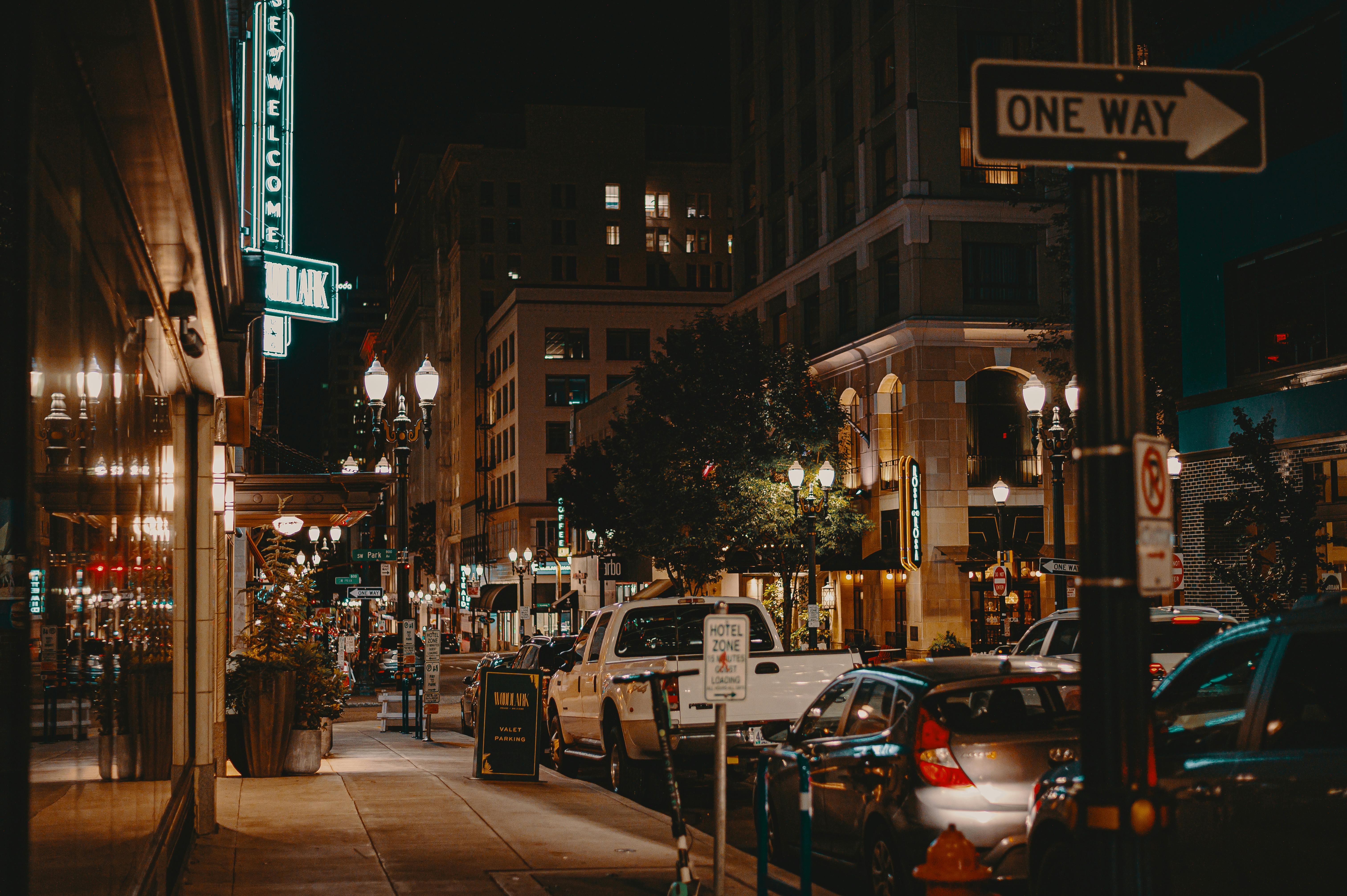First of all the advantages:
A rangefinder camera provides higher image quality than an SLR. This is partly because there is no rotating mirror; therefore lenses can be designed in such a way that the back of the lens does not have to be removed from the image plane to avoid being struck by the mirror. When using a wide angle lens, this allows designers to create lenses whose rear elements are much closer to the image plane. Consequently, wide-angle rangefinder lenses can be sharper, smaller, and produce less distortion than the average SLR lens.
Plus, thanks to the lack of a rotating mirror, vibration is much less likely to blur handheld shots. With speeds of 1/30 – 1/8, SLR rotating mirrors can result in blurry shots even when using a tripod, unless a mirror lockup is used.
Rangefinder cameras allow for greater precision in focusing when using normal or wide lenses.
They are smaller and lighter because they do not have tilting SLR mirrors, focusing screens or prisms. In addition, its lenses are smaller and lighter; Normal, wide rangefinder lenses can be small because there is no rotating mirror to take up space.
Wide, ultra-wide, and ultra-ultra-wide lenses are easy to come by for rangefinder cameras, even the cheapest ones are usually great.
The fact that there are no mirrors to move up and down during each shot means that rangefinder cameras are quieter – all you’ll hear is the click of the shutter, which means they’re great for still life photography. wild.
When the mirror rotates on an SLR camera to take a photo, the viewfinder goes dark. Since this is the time when an image is captured, it can be annoying. With a rangefinder, the viewfinder doesn’t go dark, so you always know your subject’s expression as it’s being recorded, even when you’re using the flash.
During long exposures, it is possible to focus, compose and shoot with both eyes open.
Rangefinders also have no shutter lag: the moment you press the button is the moment you capture. With SLR cameras, the mirror has to move away before the shutter can be released.
Even in very low light, it is possible to focus a rangefinder camera by changing the focus until the two images merge.
Now the cons:
You don’t know exactly how the picture will end.
Because the viewfinder is separate, what you see and what the camera sees are from a slightly different point of view. For normal photos taken at medium distances, it doesn’t matter. However, when you’re using a long lens or for macro use, you’ll have no idea what you’re getting because you won’t see any depth of field in the viewfinder, where everything is always in focus.
When using a lens that is wider than about 24mm, it will be necessary to attach a separate extra-wide viewfinder to the accessory shoe. Focus exposure must be set through the main viewer, while composition must be achieved through the clip in viewfinder.
A large lens may be visible in the corner of the viewfinder and this may obstruct part of the image. Crops can be used, but many photographers simply avoid large lenses.
You can’t buy a fisheye or ultra-telephoto lens, the photographer simply has to position himself correctly to achieve the desired composition. Similarly, rangefinder cameras don’t tend to handle focusing up close, say 0.5-1m.
Given the delicacy of the camera, it will need maintenance from time to time to ensure that it is in optimal condition.



